Venezuela: ¡Ven!

Like being on the set of an Aliens movie, the summit of Mount Roraima has to be one of the world's strangest landscapes.
Venezuela contains the most unusual landscapes in Latin America.
Imagine: watching the sun rise over a lush, low forest punctuated with the domes of gigantic, granitic boulders that rise above the treetops like surfacing whales.
Or: riding for days through a steaming tropical marsh only to find yourself suddenly entering a range of mysterious pink sand dunes; an improbable, arid microclimate trapped in the middle of a wetland the size of Holland.
Or: hiking through a misty, Gigeresque world where ghoulish towers of layered black rock loom and drip over fields of shimmering crystals while carnivorous plants sprout their tubes and tentacles from limpid pools.
Nothing I’d seen or read about Venezuela prepared me for these bizarre and beautiful scenes.
Venezuela sits on a very ancient piece of land. Long before the Andes rose from the sea, Venezuela’s Guiana Highlands formed a part of Gondwanaland, one of Earth’s original super-continents. Perhaps this is why it looks so unlike its Bolivarian neighbours.*
Of course, Venezuela also contains some of the more recognizable Latin American scenes–Caribbean beaches, Andean páramo, jungle rivers, colonial villages, steel-and-glass megacities, sprawling slums, and garbage-strewn highways.
No, it’s not all beautiful. Venezuela has some of the worst poverty, urban decay, and environmental degradation in the Western Hemisphere. How could it be any other way in an oil-dependent mono-economy with a history of dictatorships, corruption, and relentless foreign meddling. If you tour Venezuela you’ll see some nasty stuff too.
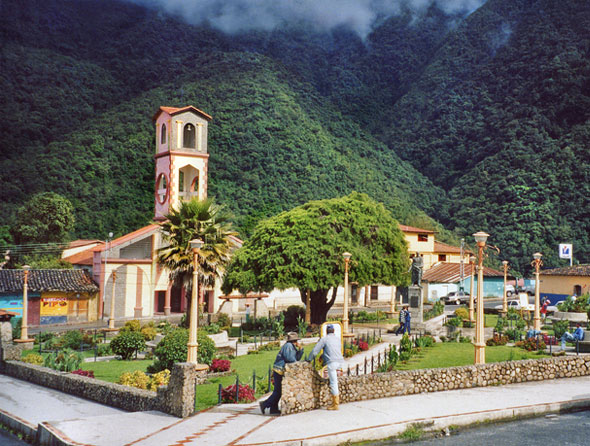
Venezuela's big cities are tiresome and dirty, but fortunately it has many picturesque and friendly small towns and villages. This is the main plaza, Santo Domingo in Mérida State.
The area east of the border at Parhuachón is an impoverished drug-war battle zone to be either traversed quickly or avoided entirely. I took this route once and regretted the decision right away. Fortunately, I was able to hitch a ride in the back of a pickup for a large section.
Caracas (or Carjackas, as I call it), leads the continent in carjacking, mugging, and murder and has one of Latin America’s largest and most notorious shanty-towns. But at least it has some nice mountains, a good climate, a few decent museums, and some cultural interest.
The worst city in Venezuela (or in Latin America for that matter) has to be Maracaibo. It’s a city devoid of cultural interest, devoid of natural beauty, hellishly hot, polluted, crime-ridden, flat, boring, and unfriendly. Maracaibo’s implausibly obese denizens (maracuchos, as they’re known) hide from the heat in air-conditioned malls (I don’t blame them) where they shop at US chain stores and waddle around, stuffing their faces with fast food. Maracaibo owes its existence to massive oil dredging operations in Lake Maracaibo, which means this city is not only ugly, it’s also evil. What a shit hole.
But back to the good stuff . . .
Venezuela’s Andean region is small by the standards of any other Andean nation, but is nonetheless impressive, with snowy peaks reaching over 5,000m. This is the best place to enter the country if you’re coming from Colombia and, once you’ve passed the disorganized scene at San Cristóbal, the ride into the mountains is mostly pleasant.
Mérida is the main city in the Andes and it’s a great place to replenish supplies, take care of banking, and plan the next leg of your tour. Mérida has the world’s highest and longest cable car (recommended, but wait for a clear day) and the world’s largest selection of ice cream, at the Heladería Coromoto–almost 900 flavours including mango, avocado, beer, hamburger, rice, salmon, macaroni and cheese, and smurf (yes, smurf).
If you’re planning to tour the Llanos, stop in at the cute little town of Santo Domingo which is on the descent to Barinas. This will be the last “nice” place you’ll see for a very long time. The Llanos are fascinating, but llanos towns are rough and ugly.
Venezuela has so many fantastic sights that I don’t have space to go into all of them in detail here. But here are some highlights: the Amazonas featuring the excellent Tobogán de la selva; the Llovizna Falls between Puerto Ordáz and Ciudad Guayana; the town of Upata (a good pit stop if you’re heading south); the UNESCO-recognized Gran Sabana; the Quebrada de jaspe; Mount Roraima (do yourself an enormous favour and take a few days off to explore the summit of this amazing place).
Venezuela is the best place outside Argentina to get a coffee. Many countries in Latin America grow coffee, but very few countries know how to serve it. Even in small Venezuelan towns they know how to prepare a decent brew (see the Pedalingo entry on coffee to learn the Venezuelan terms and variations).
The national dish, pabellón, is a very hearty meal, and the perfect fuel for a long day in the saddle. It usually consists of black beans, rice, tajadas (fried plantains), shredded beef, fried egg, and an arepa (a corn cake; Venezuela’s answer to Mexico’s gorditas or El Salvador’s pupusas). Yum!
Official Name: La República Bolivariana de Venezuela
Area: 912,050 km² (352,144 sq. mi.)
Population: 26 million
Capital: Caracas
National Official Language: Spanish
Other Languages: Carib, Chinese, Pemón, Wayúu, Yanomami
Currency: bolívar (VEB)
Highest point: Pico Bolívar 4,981 m (16,342 ft.)
Lowest point: Caribbean Sea 0 m
Feature image (top of page): The land starts changing dramatically south of the Meta and Orinoco rivers confluence heading to Puerto Ayacucho.
*The Bolivarian Republics (named for Simón Bolívar, the great liberator who fought for independence from Spain) comprise the modern-day Andean nations of Venezuela, Colombia, Ecuador, Peru, and Bolivia (also named for Bolívar).
© El Pedalero, 2012.
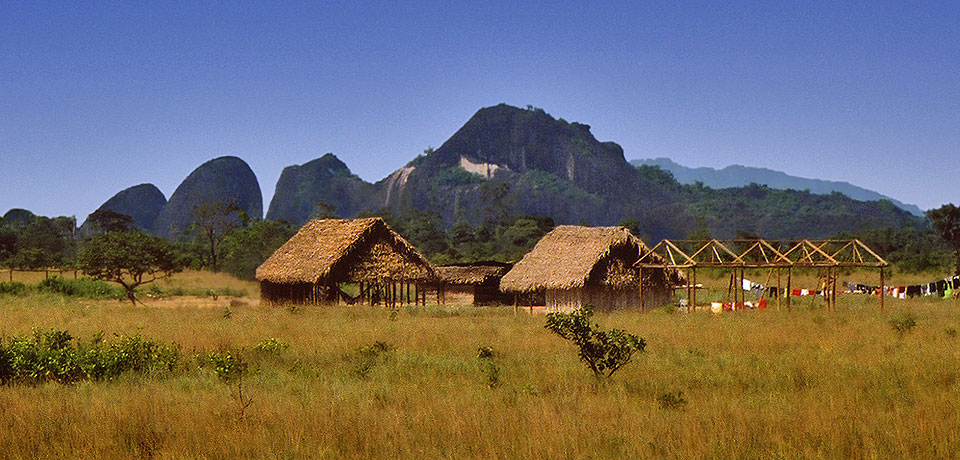
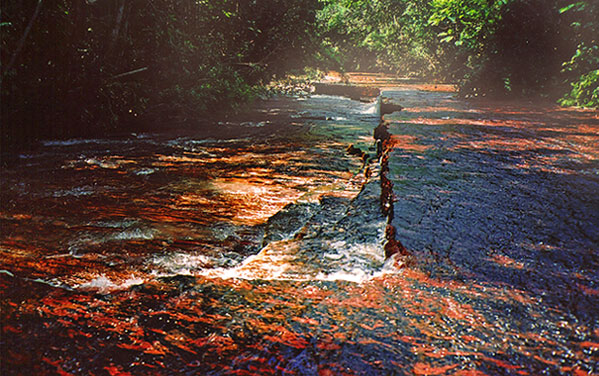


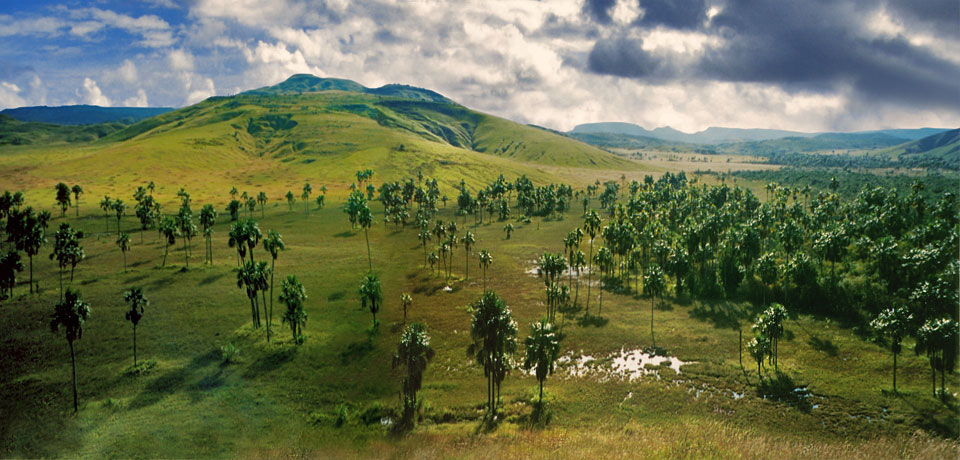
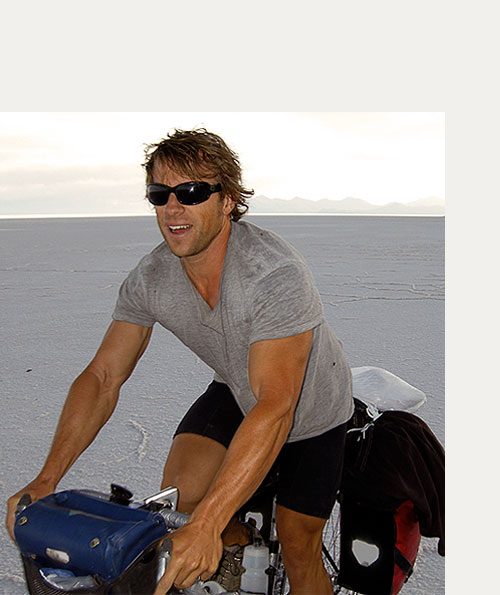
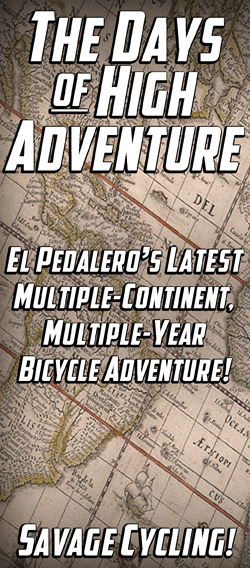
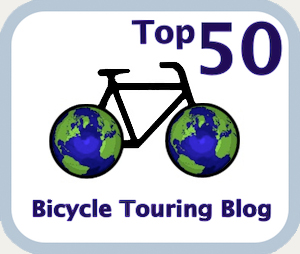
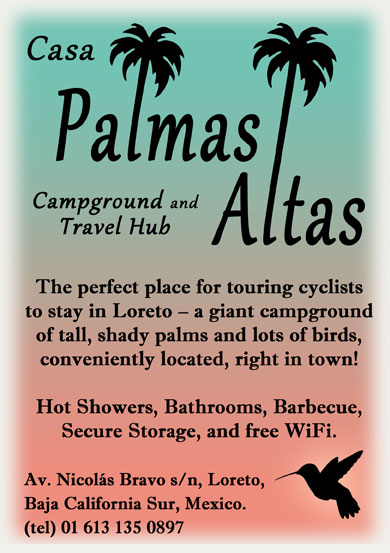
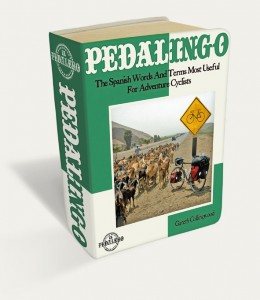
Hello!
I’m curious to know when you last cycled in Venezuela? This is a country I’ve wanted to visit for sometime, and we will probably be cycling in South America within the next couple of years. I would love to add Venezuela to the list for our cycle trip, but I’m not sure whether it’s a good idea with the food crisis and political issues.
The last time I cycled through Venezuela was 2006. Back then I heard the same stories of dangers, etc. as I hear now. People love being scared of countries like Venezuela because it’s an easy excuse for not having toured them.
Personally, I perfer to make up my own mind about a place and talk with the people who actually live in the area I’m currently touring. Opinions from cyclists who never toured there and from oligarchs who left the country seldom paint an accurate picture.
Venezuela is one of Latin America’s overlooked gems!
As always, a perfect dose to start making dreams become true. ¡Gracias y buena suerte, Pedalero!